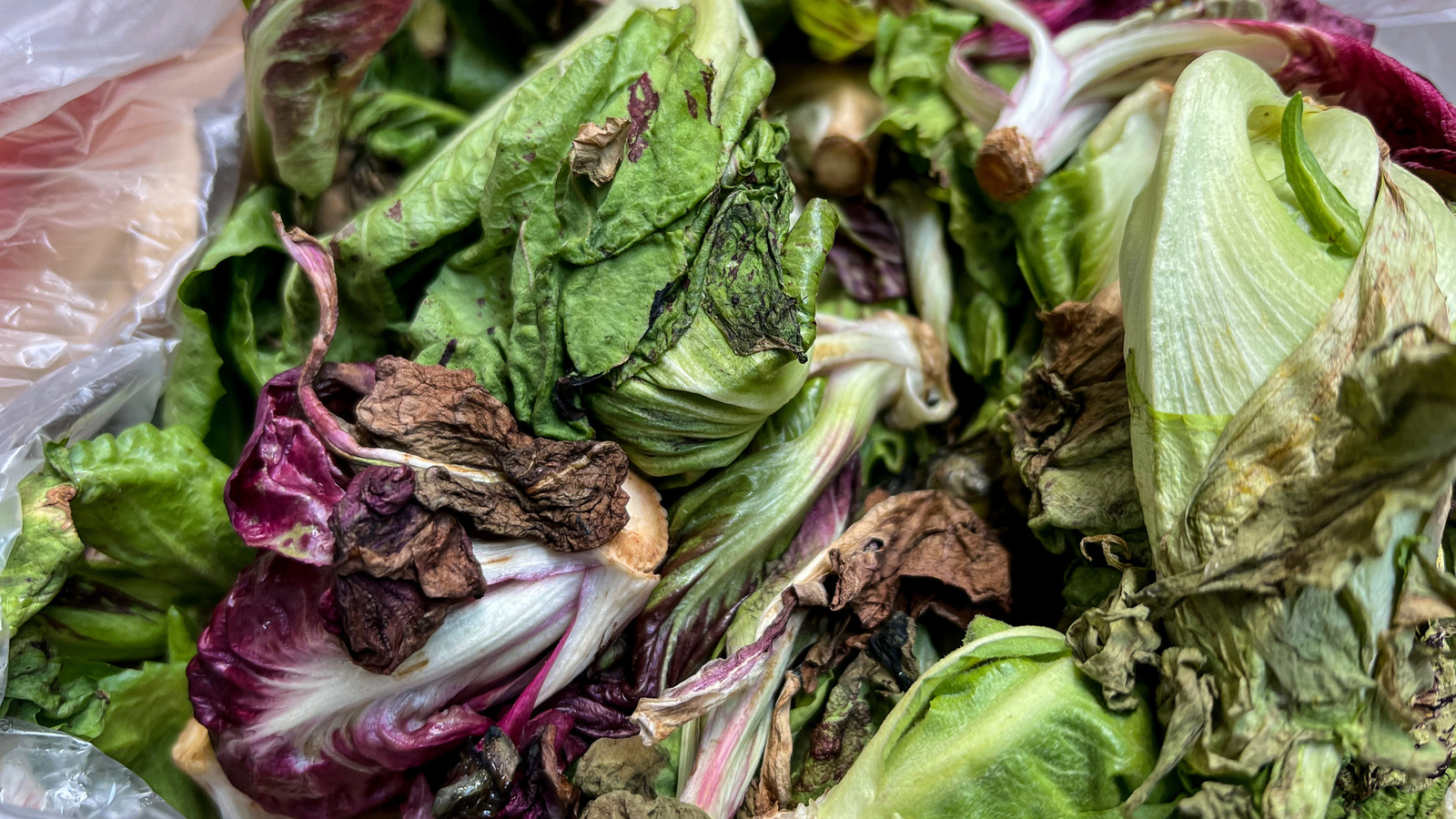
"Sliminess on produce is a classic sign of spoilage bacteria. These bacteria break down the plant's structure, often feeding on excess moisture that builds up inside packaging or after washing. According to the USDA, spoilage bacteria aren't generally harmful to ingest in small amounts, but they make food look, smell, and taste strange. In other words, the slimy texture isn't necessarily unsafe, but it means your produce is well past its prime."
"This happens most often with high-moisture items like salad greens, cucumbers, mushrooms, and pre-cut veggies. Sliminess is usually caused by a combination of time, improper storage, and trapped humidity. If you notice a single leaf or piece starting to get slick, you might be able to salvage the rest by removing the offender and drying the remaining produce thoroughly. If the sliminess has spread or there's a foul smell as well, it's time to toss your veggies."
Sliminess on fruits and vegetables signals spoilage bacteria breaking down plant tissues, often fueled by excess moisture from packaging or washing. Spoilage bacteria typically are not harmful in small amounts, but they change appearance, texture, smell, and flavor, making produce unappealing. High-moisture items such as salad greens, cucumbers, mushrooms, and pre-cut vegetables are most susceptible. Causes include time, improper storage, and trapped humidity. Small affected areas can sometimes be salvaged by removing slimy pieces and thoroughly drying the remainder. Widespread slime, visible decay, mold, or foul odors indicate the produce should be discarded.
Read at Tasting Table
Unable to calculate read time
Collection
[
|
...
]